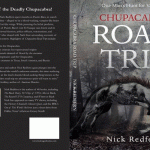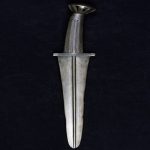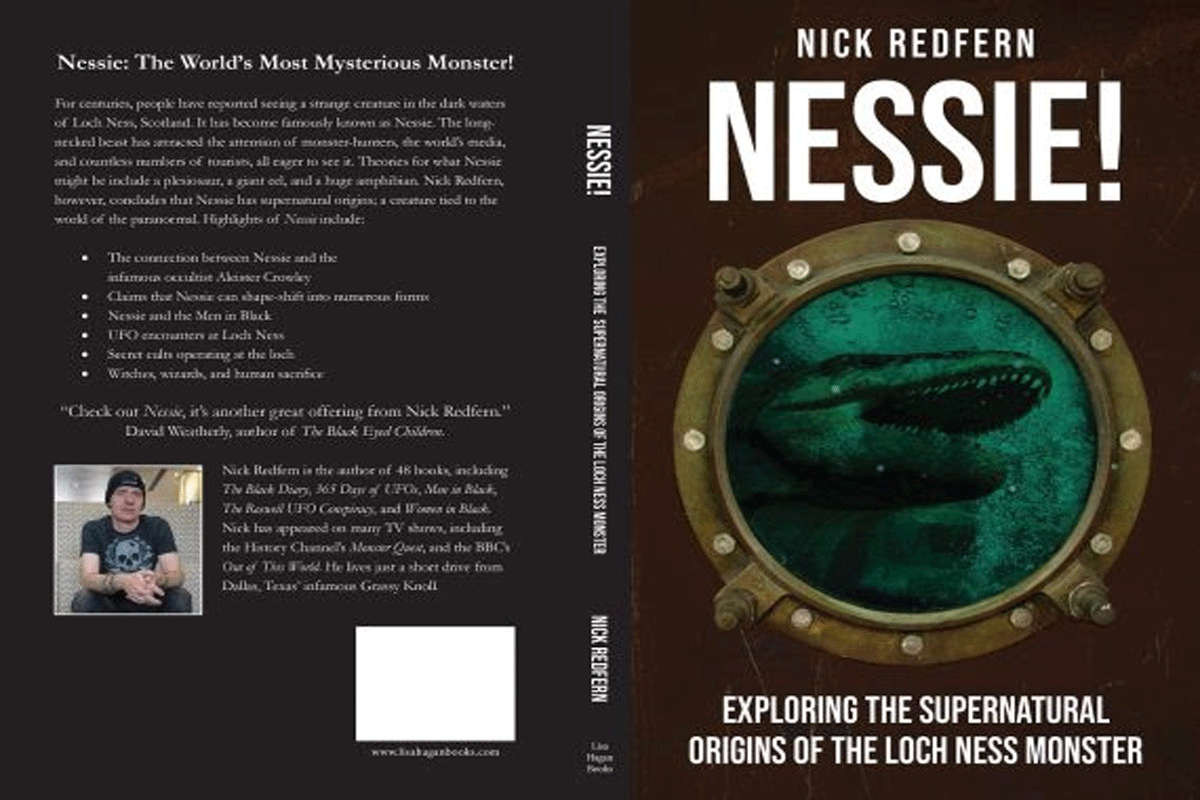
Forget the Nessies: What About the Deadly, Shapeshifting Monsters of Scotland?
Nick Redfern November 6, 2021
Today’s article focuses on a legendary Scottish monster called the Kelpie. So far as can be determined it was in the late 1700s when those words, “kelpies” and “water-horses,” first appeared in print. It’s a story that has its origins in the 1740s, however. That was when a renowned poet, William Collins, who died while still in his thirties, made mention of the kelpie in one of his many odes. It was not until 1788, however, that Collins’ poem was published, in the pages of Alexander Carlyle’s An Ode to the Popular Superstitions of the Highlands. Written by the late William Collins. Eighteenth century records demonstrate there was some degree of disagreement regarding whether kelpies lived within the deep waters of lakes like Loch Ness, or if they lurked at their very edges, in shallow, marshy waters, and possibly even on the land. This, in itself is worth noting, since there have been more than a few sightings of the Nessies being seen near the shore, basking, laying on the shore itself, and even lurking in the surrounding woods, as strange as such a thing might sound. This suggests a collective body of data, and an enduring and attendant tradition, of the kelpies being creatures that chiefly lurked in the water, but that on occasion moved about the landscape – which is exactly what we have been told about the Nessies since the early 1930s.
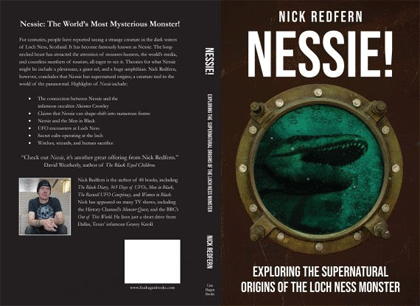 While, as I mentioned earlier, the kelpie can take on the guise of numerous animals, there is no doubt that the horse-like kelpie is the one most often reported. And, generally, a black horse. The downfall of the unwary traveler occurs when he or she, generally late at night, is walking past some large expanse of water. Suddenly, just such a horse appears out of the darkness, and appears to beckon the victim, in inviting fashion, to climb onto its back. That so many ill-fated people did exactly that suggests they were under some form of supernatural spell. This echoes the Middle Ages-era tales of shape-shifting fairies that could place people into a state of being pisky-led, meaning that their minds were enslaved, and their actions dictated and controlled by the magic of the wee folk. Perhaps, and in view of the shape-shifting abilities of both, the fairies and the kelpies of old were actually one and the same.
While, as I mentioned earlier, the kelpie can take on the guise of numerous animals, there is no doubt that the horse-like kelpie is the one most often reported. And, generally, a black horse. The downfall of the unwary traveler occurs when he or she, generally late at night, is walking past some large expanse of water. Suddenly, just such a horse appears out of the darkness, and appears to beckon the victim, in inviting fashion, to climb onto its back. That so many ill-fated people did exactly that suggests they were under some form of supernatural spell. This echoes the Middle Ages-era tales of shape-shifting fairies that could place people into a state of being pisky-led, meaning that their minds were enslaved, and their actions dictated and controlled by the magic of the wee folk. Perhaps, and in view of the shape-shifting abilities of both, the fairies and the kelpies of old were actually one and the same.
When the entranced person mounts the horse, the tranquil atmosphere changes immediately – and in terrifying fashion. The infernal beast charges into the water, plunging into its depths, and dragging its victim to his or her violent death. On other occasions, the kelpie will take on the form of a beautiful woman, who also invites people to walk to the water with her – shades of centuries-old stories of men becoming hypnotized by the visions of voluptuous fairy-queens in ancient English woods. And, vice-versa, the kelpie will appear as a dashing young man, as a means to capture and drown young women. In 1807, a poet named James Hogg, who deeply studied the folklore and legend of Scotland, said that somewhat similar to the kelpie was the water-cow. It lurked in the allegedly bottomless St. Mary’s Loch, a three-mile-long body of water located in what are termed the Scottish Borders. Although nowhere near as dangerous as the kelpie, the water-cow could also transform itself into multiple forms and was best avoided at all costs. Largely as a result of it penchant for enticing people to walk to the shore, and then violently dragging them into the water, and killing them by drowning.
A perfect example of this enticing aspect of the kelpie’s manipulative character and powers comes from Christian Isobel Johnstone. With her husband, an Edinburgh, Scotland printer, John Johnstone, she ran the Edinburgh Weekly Magazine. In 1815, she told a chilling story of how, one day, some years earlier, a group of young boys decided to go swimming in a particularly wild and dark loch; it was situated on a mountain, in the vicinity of Glen Ogle. In no time at all, a powerful-looking white horse rose from the depths and swam to the shore. On reaching land, the horse stretched itself out, as if beckoning the boys to climb on its back. Feeling adventurous – as young boys do – they did exactly that. It was not just a big mistake. It was also the last mistake any and all of them would ever make. When the young friends were atop the horse, it suddenly reared up and shot into the lake, drowning them as it speedily propelled itself below the surface and into the inky depths. Now, onto the Man-Monkey.
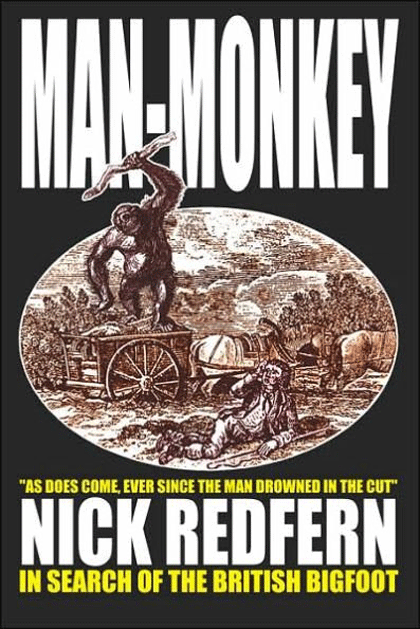 On other occasions, the kelpie will manifest not as a horse, but as something akin to a hair-covered wild-man; or, one might be justified in saying, a Bigfoot. This latter description is absolutely personified by an 1879 encounter at Bridge 39 on England’s old Shropshire Union Canal – at which, late one January night, a man and his horse were attacked by a crazed, half-human, half-ape-like animal that leapt out of the shadowy, surrounding woods. Shaggy and covered in hair, it became known as the Man-Monkey. Very notably, local police associated the presence of the creature with the then-recent death of a local man, one who was drowned in the canal under mysterious circumstances. It’s clear from a study of the affair that the locals, and even the police, incredibly, believed the man in question was dragged to his death in the waters of the canal by something akin to an English equivalent of a Scottish kelpie.
On other occasions, the kelpie will manifest not as a horse, but as something akin to a hair-covered wild-man; or, one might be justified in saying, a Bigfoot. This latter description is absolutely personified by an 1879 encounter at Bridge 39 on England’s old Shropshire Union Canal – at which, late one January night, a man and his horse were attacked by a crazed, half-human, half-ape-like animal that leapt out of the shadowy, surrounding woods. Shaggy and covered in hair, it became known as the Man-Monkey. Very notably, local police associated the presence of the creature with the then-recent death of a local man, one who was drowned in the canal under mysterious circumstances. It’s clear from a study of the affair that the locals, and even the police, incredibly, believed the man in question was dragged to his death in the waters of the canal by something akin to an English equivalent of a Scottish kelpie.
MU*















